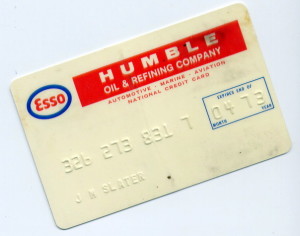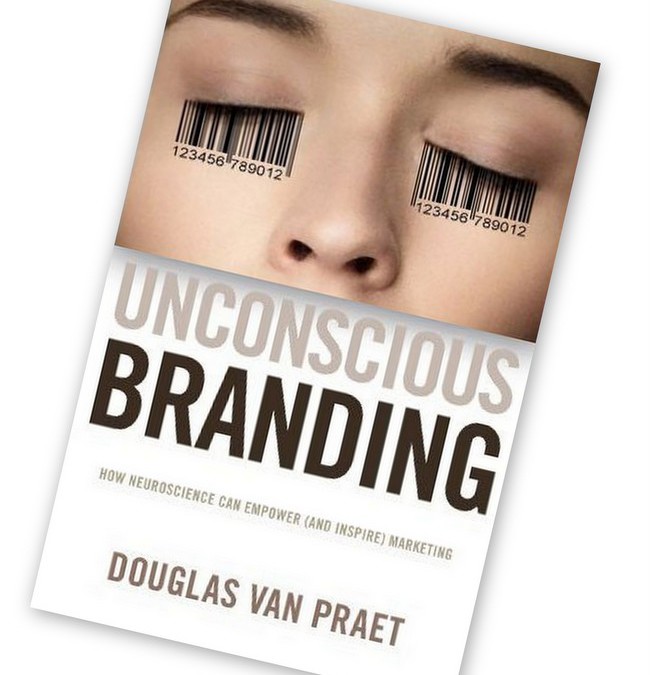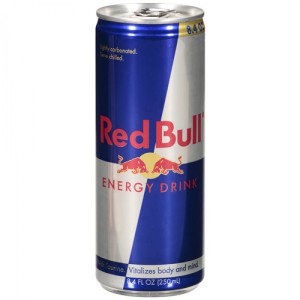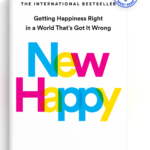What Consumers Say Versus What They Do
One of the few benefits of very long plane rides to Europe is a chance to read without interruptions. This week, I read a wonderful marketing book that I’d like to share with you. I’m really interested in understanding what consumers do versus what they say and this book has an unconventional approach to the topic.
I saw an article online by the author and it his ideas fit well with a marketing conference I was organizing with colleagues so I knew I had to learn more.
The book is called Unconscious Branding by Douglas Van Praet. He is the EVP at an award winning advertising agency Deutsch LA and he focuses on account planning and strategic insights. Douglas worked on the highly acclaimed and successful mini-Darth Vadar commercial for Volkswagon’s Jetta where a little boy uses his super powers to start a car with the wave of a hand as an eager father with a remote helps him behind the scenes.
Jetta Master
From my days at The Annenberg School of Communications at The University of Pennsylvania, I have always been interested in behavioral sciences, anthropology and non-verbal communications. Since the topic for this conference I mentioned above is focused on the huge discrepancy between what a consumer says in research versus their actual behavior, I hoped the book would provide some ideas and an approach to the issues.
I was not disappointed.
Survey Says
When I answer a question on a survey, how well can I actually answer a question like why I bought a product?
- How come I bought Seventh Generation not Tide for cleaning my clothes.
- How come I went to Starbucks not Dunkin Donuts for coffee?
- Why do I buy gas for my car at Exxon- even when it is cheaper at other stations?
- Why do I watch one commercial over and over but scan others?
- Why do I shop at Whole Foods instead of Harris Teeter?
- Why do I pick one wine over another?
 |
| This credit card expired 40 years ago but not the emotional conneciton |
A Humble Connection
I can tell you why I did these things but is it true? Can I accurately explain my motivation. A great example of this is buying gasoline. I stumbled upon the reason why I prefer Exxon even when it is a few cents more per gallon. I found a gas credit card from Esso (Exxon’s earlier name) that my Dad gave to me when I started to drive in 1971. My connection goes way beyond the fuel and over the last 40 years, I have been driven on an unconscious level to go to an Exxon/Esso for gas. Of course, I never made that connection consciously until recently.
This is an exceptional well-written book that poses a fairly simple premise. How can neuroscience empower and inspire marketing. Another way of saying this is that instead of relying on what consumers say, understanding their behavior at an unconscious level can be powerful. How people act and the motivation for those actions can give clarity to a marketing professional to understand how to affect purchase behavior.
The book helps explains some of the core motivation behind our behaviors and our decision making process. He approaches marketing by trying to explain and understand how we act. Through fascinating examples of classic ad campaigns, he outlines the unconscious connection that helps make the effort so successful at touching consumers and motivating them to purchase.
The author has a seven step process that outlines:
1. The role of interrupting perceptual and behavioral patterns
2. How to create customers comforts with a brand
3. Lead the imagination to a desired conclusion or outcome
4. Shift consumer feeling in favor of a product
5. Satisfy the critical filter of resistance in the mind
6. Change the association by which memory and the mind work
7. Generate actions ingraining positive brand impressions that become second nature.
Best of all, this book treats consumers, target markets, demographics as human beings.
It is an important distinction since the author explains how human motivation at an unconscious level helps us understand how we can change attitudes and behaviors when we are marketing products. I like the human approach to marketing and the author articulates these idea like a mensch. (Yiddish for a really fine human being)
I learned from this book that the word emotion and motivation both come from the latin root to move. (movere). This helps us understand that key to both connecting emotional and motivating a behavior that taking action is required. When you touch a hot stove, you learn to stay away from the painful experience.
When a brand disappoints you by promising something and not delivering, you move away from that brand. Harnessing this insight can help you motivate a human (consumer) to take an action and move toward your brand and its solutions. The book is filled with examples from traditional and non-traditional advertising and marketing campaigns.
One case study in Unconscious Branding is the success of Red Bull.
The founder of Red Bull created a strange brew. His oddly flavored caffeine spiked beverage received the lowest scores in research for taste and purchase intention. Yet, the Australian born Dietrich Mateschitzunderstood the importance of emotional branding and motivational communications.
He created unique emotional experiences through experiential marketing that linked the product to the emotional rollercoaster of stimulating experiences. His recent Red Bull Stratos is one of the cleverest marketing events to associate emotion with a brand I have ever witnesses. This type of marketing connections puts Red Bull’s Mateschitz in a class with Jobs and Apple whereby they make consumers connect not only to the physical product but at an unconscious level, plug into the brand’s attitude. This is branding by masters.
So pick up a copy of Unconscious Branding. It is available at Amazon or your favorite independent bookstores but I bet you unconsciously knew that.






Social media, although a relatively recent phenomenon, is becoming an increasingly important part of any business’s marketing and client base development platform.Facebook Advertising Campaign Insights
Great review – thanks for bringing this to our attention!
Nice review! As I’m launching my business and digging in, it looks like this needs to be the next read on my short list.